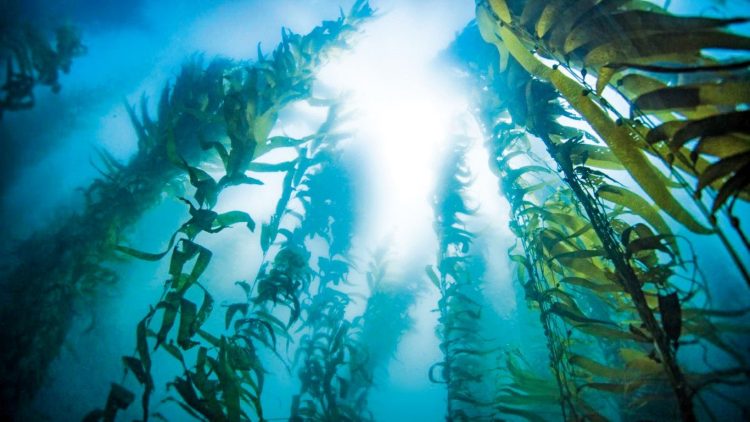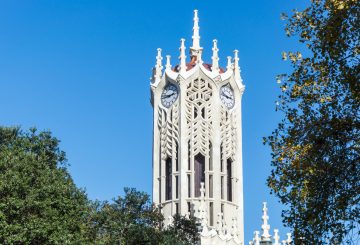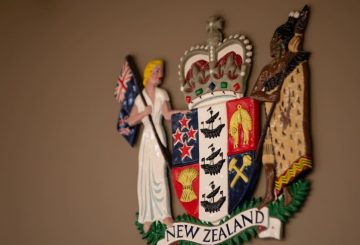광범위한 조류에 대한 대규모 연구는 와이카토 대학교과 와이카토 링크(Waikato Link Ltd)에 해조류 및 담수조류 양식 면허를 부여하기로 했다. 이로써 뉴질랜드 최초의 대조류 양식 최첨단 양식 시설에 한 걸음 더 다가섰다.
수산 양식 수석 연구원인 마리 매그너슨(Marie Magnusson) 박사는 2020년 11월에 문을 연 타우랑가에 위치한 와이카토 대학교의 매크로 조류 연구 시설을 설립하는 데 중요한 역할을 했다. 박사는 이 라이센스가 운영 중인 최초의 다종 거대 조류 및 양식 농장에서 대규모 연구와 상업화를 가능하게 한다고 밝혔다.
“우리 연구 프로그램 중 하나에는 수만 미터의 다시마를 줄에 양식해 미터당 수 킬로그램의 해초를 생산하는 해양 농업이 포함된다. 만약 우리가 그 결과 수 톤의 바이오매스를 직접 다루어야 한다면 우리는 이 규모의 연구를 하지 않을 것이다. 라이센스를 보유한다는 것은 이제 파트너와 협력하여 프로젝트를 상업화할 수 있다는 것을 의미하며, 관련된 모든 사람에게 윈-윈을 창출할 수 있다는 것을 뜻한다.”
뉴질랜드에서 해초 양식 산업은 아직 초기 단계지만 블루 이니셔티브를 탐색하라는 정부의 명확한 지침이 있으면 곧 추가 라이센스가 부여될 것이 거의 확실하다.
또한 박사는 “해초를 재배, 개발 및 상용화할 기회가 너무 많다”면서 이 라이선스는 많은 어려움을 허물뿐만 아니라 파트너십, 투자, 성장의 기회를 많이 가져다 줄 것이다. 또한 성장하는 산업으로써 학생들의 참여 기회와 기술 교육도 넓혀줄 것이라고 전망했다.
해당 라이선스를 보유하고 있으며 대학의 상업화 및 기술 이전 사무소 와이카토링크(WaikatoLink Ltd)의 안나 헤닝(Anna Henning) 박사는 대학이 이러한 유형의 투자가 너무 위험하다고 생각하는 조직들에게 더 많이 참여할 수 있는 기회를 제공 할 것이라고 말했다.
“양식업계는 아직 개발되지 않은 기회가 있다. 현재 이 분야를 눈여겨보는 조직들이 매우 많다. 이 라이센스는 산업 연결을 직접 활성화함으로써 새로운 방법, 제품 혁신, 획기적인 연구에 접근시킬 수 있도록 해준다.”
보도 자료: 와이카토 대학교





























































